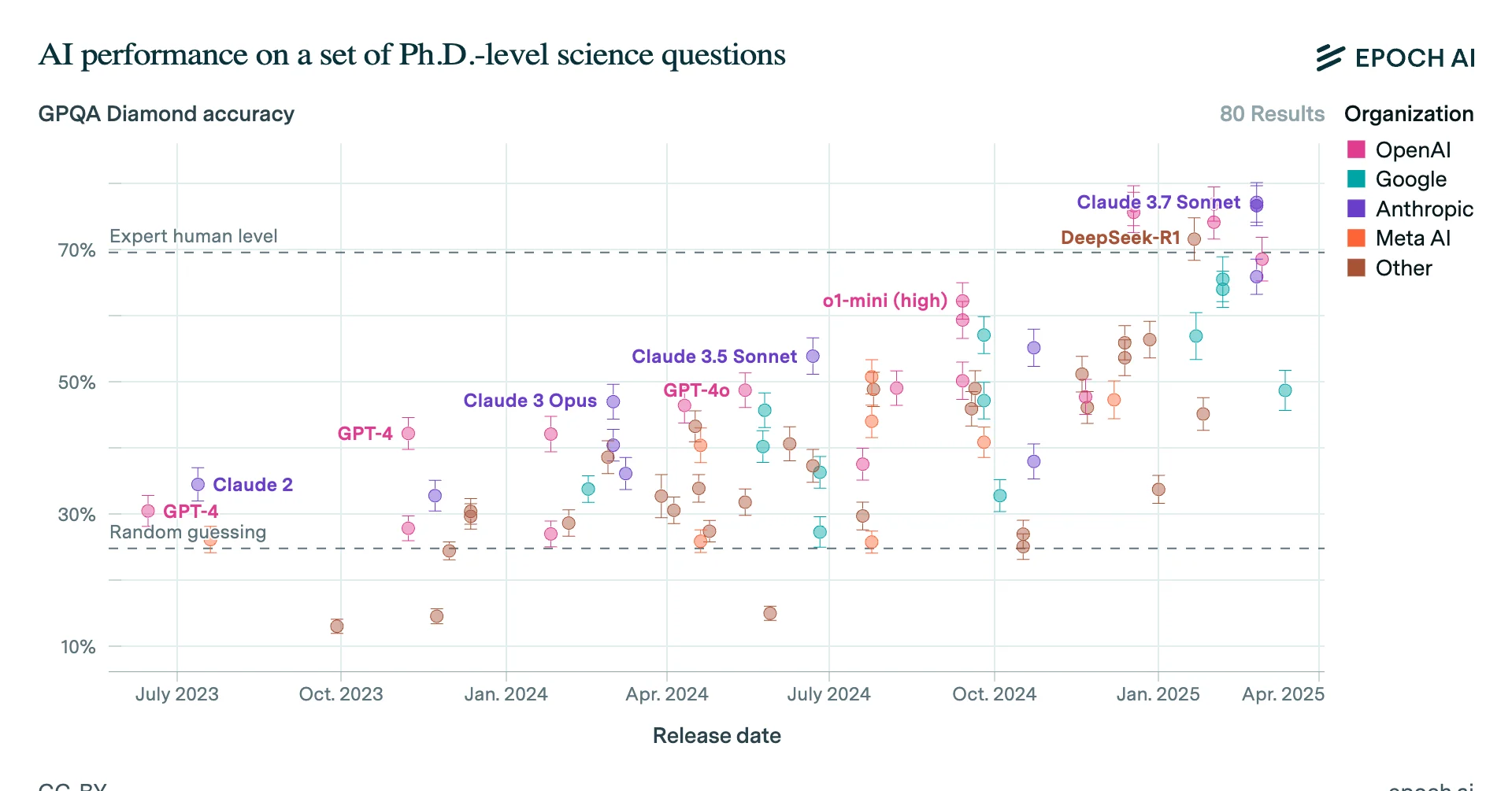https://twitter.com/garrytan/status/1634256508254027776?s=20
This is not investment advice.
Many startups had all their money in SVB, which appears to be dead. They suddenly have no cash, but still need to pay their employees and meet other obligations.
This must feel horrible to founders, employees, and their families. They deserve sympathy and support.
They'd probably also appreciate some cash.
Seems like whether you choose to put your money in SVB is pretty uncorrelated with how good of a company you are. So, some really awesome companies, previously flush with cash, might be on the brink of shutting down.
Suppose you were an accredited investor with some cash. You might consider (quickly!) emailing companies who have been kicking ass, asking them if they were effected, and offering to help. You might find they would be very grateful for the chance to sell you some (heavily discounted) equity so they can save their company.
Amazing companies are still amazing companies. Some might be nearing an exit, have cash coming in soon, or otherwise be really obviously good investments. For some reason the VCs I see on twitter aren't offering to buy at a discount, but instead advising their companies when to prep for layoffs (https://twitter.com/elamadej/status/1634328057711570944?s=20). Is it possible everyone is afraid, and it's time to be greedy?
This is probably really stupid. But if it isn't, I'd guess that speed matters a whole lot. The best companies are going to sort themselves out pretty fast, and I'd prefer the discount goes to someone reading this instead of a random greedy person




Yeah, I'd be confused too haha.
By the time they approved my post the time for this had come and gone, and it looks pretty silly.
I posted this on Friday when it looked substantially less clear. The forum didn't allow the post to go out because my account is new, which makes sense as a policy but is frustrating in this instance because the post was extremely time sensitive. I would not have written over the weekend even before the FDIC announcement, because I'd guess by the time anyone saw it good companies would already have financing in place.
(there may still be some liquidity thing, I stopped following it)